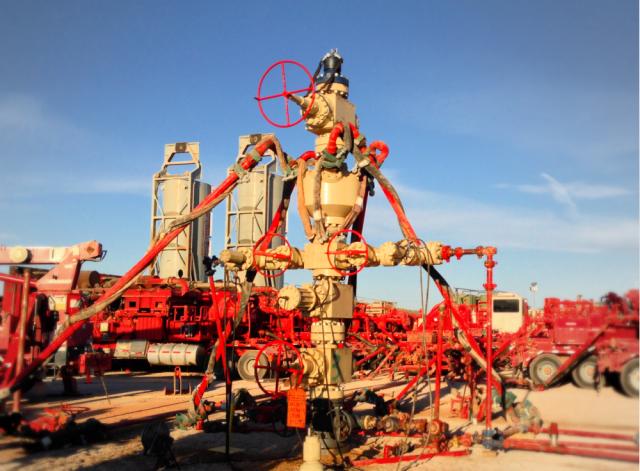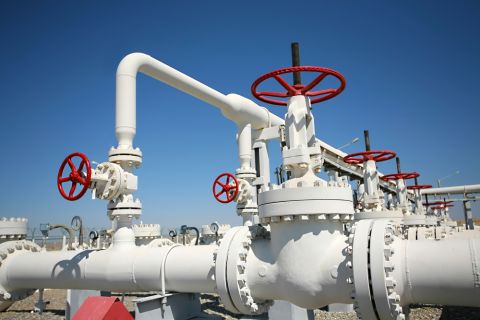
Oil producers in the U.S. have begun to slowly add drilling rigs as prices rebound, but tepid demand recovery and investor pressure to reduce debt have kept companies from rushing to increase production. (Source: Shutterstock.com)
U.S. oil output from seven major shale formations is expected to rise for a third straight month, climbing by about 13,000 bbl/d in May to 7.61 million bbl/d, the U.S. Energy Information Administration (EIA) said on April 12.
The biggest increase is set to come from the Permian Basin, the top-producing basin in the country, where output is expected to rise by 52,000 bbl/d to about 4.47 million bbl/d, the highest since April 2020, the EIA said in a monthly forecast.
Output from other top producing basins such as the Bakken and Eagle Ford are expected to slide by 12,000 bbl/d and 9,000 bbl/d, respectively. Production in the Bakken basin of North Dakota and Montana is expected to drop to 1.1 million bbl/d, the lowest since July 2020, according to the data.
Oil producers in the U.S. have begun to slowly add drilling rigs as prices rebound, but tepid demand recovery and investor pressure to reduce debt have kept companies from rushing to increase production.
Natural gas production from the major shale basins was expected to decline about 100 MMcf/d to 82.8 Bcf/d in May, according to the EIA’s drilling productivity report.
That compares with a monthly record high of 86.9 Bcf/d in December 2019.
Gas output in Appalachia, the biggest shale gas basin, was expected to decline 100 MMcf/d to 34.1 Bcf/d in May, its lowest since October 2020. That compares with a monthly record of 35.2 Bcf/d in December 2020.
If correct, that would put output in Appalachia down for a record fifth month in a row, according to EIA data going back to 2007.
Gas output in the Haynesville, meanwhile, rose 100 MMcf/d to a record 12.2 Bcf/d in May.
EIA said producers drilled 464 wells and completed 641 in the biggest shale basins in March. That left total DUC wells down 177 to 6,912, their lowest since November 2018.
That was the most for DUCs since April 2020 and put DUCs down for a record ninth month in a row, according to EIA data going back to 2014.
Recommended Reading
Wayangankar: Golden Era for US Natural Gas Storage – Version 2.0
2024-04-19 - While the current resurgence in gas storage is reminiscent of the 2000s —an era that saw ~400 Bcf of storage capacity additions — the market drivers providing the tailwinds today are drastically different from that cycle.
Ozark Gas Transmission’s Pipeline Supply Access Project in Service
2024-04-18 - Black Bear Transmission’s subsidiary Ozark Gas Transmission placed its supply access project in service on April 8, providing increased gas supply reliability for Ozark shippers.
Kinder Morgan Sees Need for Another Permian NatGas Pipeline
2024-04-18 - Negative prices, tight capacity and upcoming demand are driving natural gas leaders at Kinder Morgan to think about more takeaway capacity.
Scathing Court Ruling Hits Energy Transfer’s Louisiana Legal Disputes
2024-04-17 - A recent Energy Transfer filing with FERC may signal a change in strategy, an analyst says.
Balticconnector Gas Pipeline Will be in Commercial Use Again April 22, Gasgrid Says
2024-04-17 - The Balticconnector subsea gas link between Estonia and Finland was damaged in October along with three telecoms cables.




